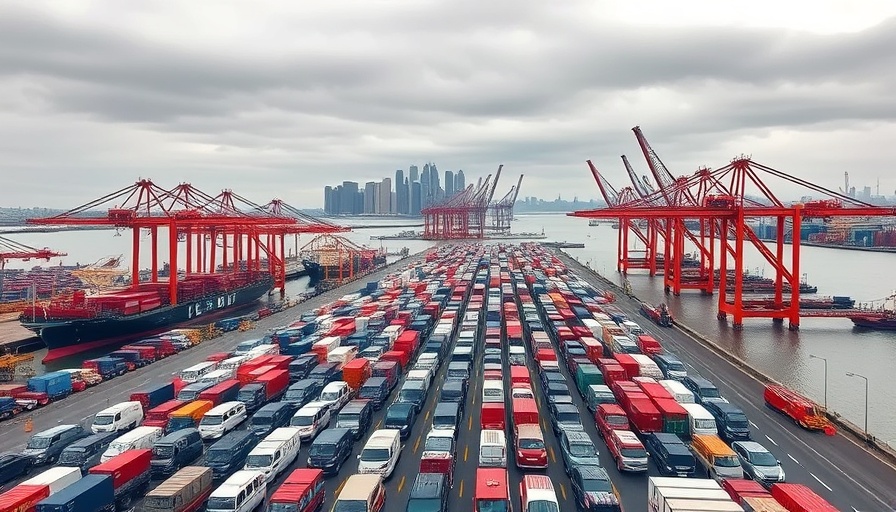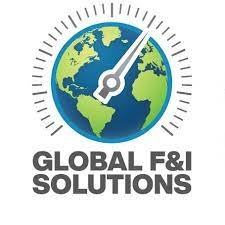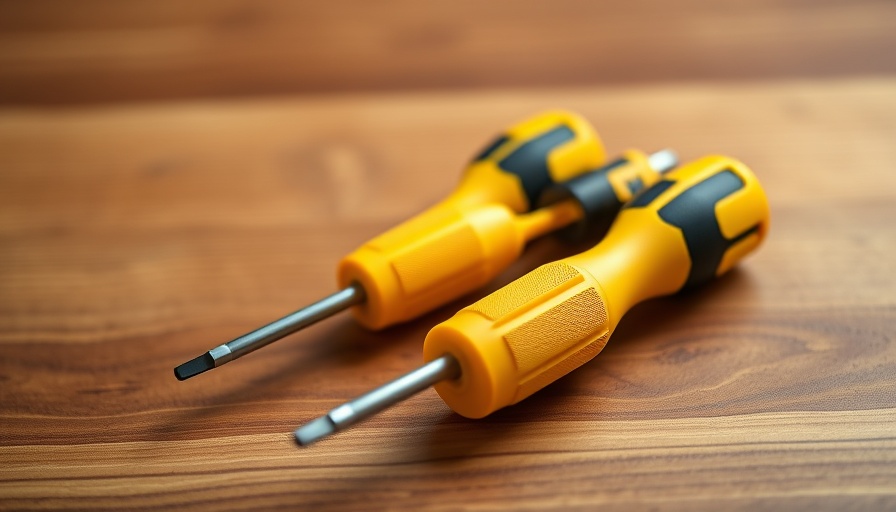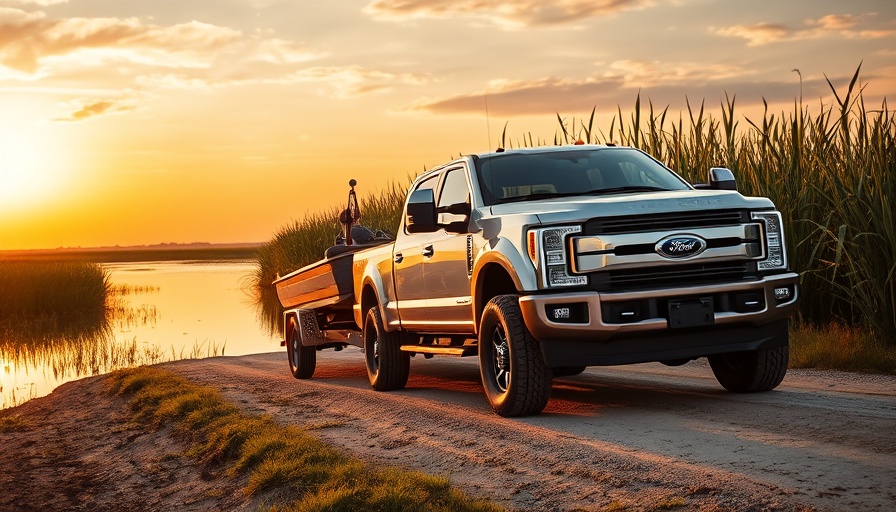
The Complex Landscape of Vehicle Trade Imbalance
The U.S. automotive industry is facing significant challenges as the trade imbalance grows, with a new report shedding light on the reasons behind this troubling trend. According to Jato Dynamics, a staggering 39% of new light vehicles sold in the U.S. last year were imported. This rate is the highest of any developed country, reflecting a stark contrast to the European Union, where only 26% of new vehicles were imported. This disparity highlights the ongoing struggle of U.S. automakers to compete in international markets while catering to local consumer preferences.
Understanding the U.S. Preference for Large Vehicles
In a nation where bigger is often considered better, U.S. automakers, particularly Ford and General Motors, have focused on producing large SUVs and pickups. These vehicles make up a substantial portion of sales in America, including 21% of new SUV sales last year. Yet, this focus on oversized vehicles is detrimental to competing effectively overseas, where consumers prefer smaller, more practical options. The EU, for instance, reported that only 2% of their SUV sales were for large models.
The effects of Strategy Adjustments on Automakers
This strategic emphasis on oversized vehicles has led to a decline in the competitiveness of domestic brands in international markets. While it has proven profitable domestically, the lack of diverse offerings creates gaps in appeal abroad. As discussed by Jato Global Analyst Felipe Munoz, "American carmakers have adjusted their operations to cater to domestic demand, but this has come at the expense of success in international markets." Consequently, Ford and General Motors have had to reduce their international operations, deepening the already significant trade imbalance.
Tesla’s Unique Position as a Global Player
Amid the gloomy narrative of American automakers, Tesla shines as an exception. Having established a notable international presence, Tesla's vehicles are in demand around the globe. However, recent challenges, such as backlash against its leading shareholder Elon Musk, indicate that maintaining this success requires continual adaptation. Munoz points out that without a focused effort to develop vehicles that meet varied global preferences, this trade imbalance is likely to persist.
Future Trends in Automotive Manufacturing
The emerging question is: how can U.S. manufacturers pivot their strategies to address this imbalance? KPMG’s insights suggest that gaining traction in global markets will involve innovation in vehicle design and functionality. Embracing smaller configurations and modernizing product lines to align with international consumer preferences are crucial steps that manufacturers must take.
Conclusion: A Call to Action for American Automakers
The U.S. automotive industry stands at a crucial crossroads, one that will require decisive action to bridge the gap in the trade imbalance. Dealers and manufacturers alike must prioritize aligning their offerings with both domestic and international demands to enhance competitiveness. Educating teams through automotive training centers may also be a vital step in embracing this new era.
For more information or to discuss strategies for adapting to the changing automotive landscape, call: (860) 707-9125.
 Add Row
Add Row  Add
Add 




Write A Comment